Welcome back, Photo Nerds #
This month we’re discussing Sebastião Salgado, an incredible photographer from Brazil 🇧🇷
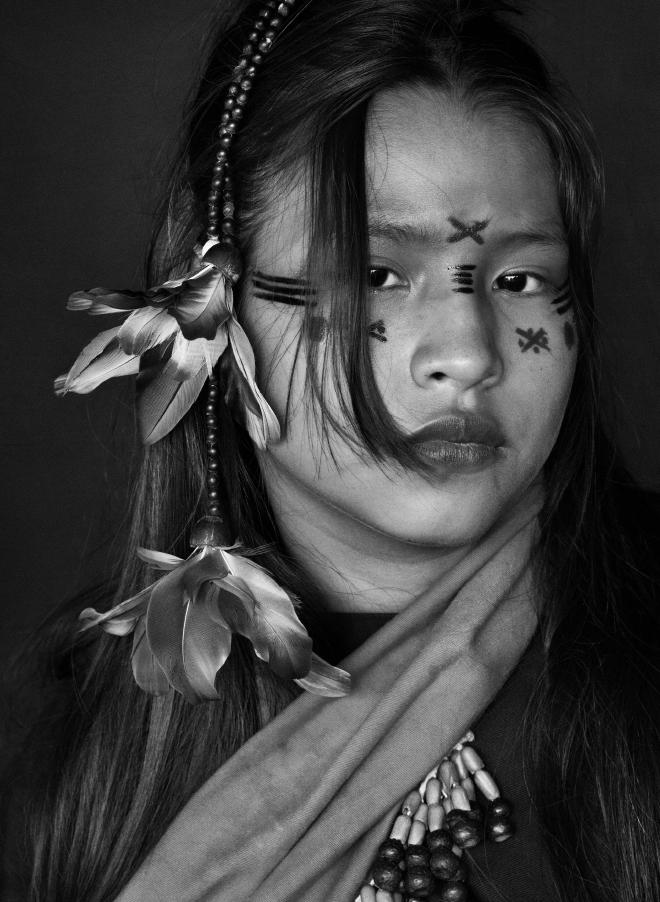
Sebastião Salgado was born on 8 February 1944, in Aimorés, Brazil. He trained as an economist, earning a BA from the Federal University of Espírito Santo before moving on to earn an MA in economics from São Paulo University in 1968, and, finally, a PhD in economics from the University of Paris in 1971. His work as an economist in London required frequent trips to Africa. These trips inspired a desire to document his experiences which, in turn, sparked his interest in photography.
By 1974, he was freelancing as a photojournalist for the Sygma agency in Paris. He then moved on to workingfor Gamma in 1975 before ultimately joining Henri Carier-Bresson’s Magnum cooperative in 1979. Salgado has produced a number of extended documentary series including
- Sahel: L’homme en détresse (1986)),
- Other Americas (1986),
- An Uncertain Grace (1990), and
- Workers (1993)
Salgado’s work has won him many honors, including
- the Eugene Smith Award for Humanitarian Photography,
- two ICP Infinity Awards for Journalism,
- the Erna and Victor Hasselblad Award, and
- the Arles International Festival’s prize for best photography book of the year for Workers
Other Americas (1986) #
Other Americas, first published in 1986, was Sebastião Salgado’s first book. It instantly became an award-winning photobook. Other Americas forty-nine B&W extraordinary photographs taken between 1977 and 1984 in Brazil, Ecuador, Bolivia, Peru, Guatemala, and Mexico highlighting everything from spiritual and religious practices, evolving rural landscapes, and intimate daily life. Each photo portrays a real connection between not only between its subject and the photographer but also a population to their homeland.
Of Other Americas, Alan Riding writes:
“Salgado has sought out a lost corner of the Americas and he has made it a prism through which the entire continent can be viewed. A philosophy of life is caught in a look; an entire way of life is frozen in a moment…. He has succeeded magnificently.”
Workers: An Archaeology of the Industrial Age (1993) #




In Workers, Salgado explores the dignity of manual labor in a global exploration of traditional industries such as coal mining, agriculture, shipbreaking, steel mills, and fishing. This exploration documented vanishing modes of work while simultaneously honoring the physical and emotional toll of labor.
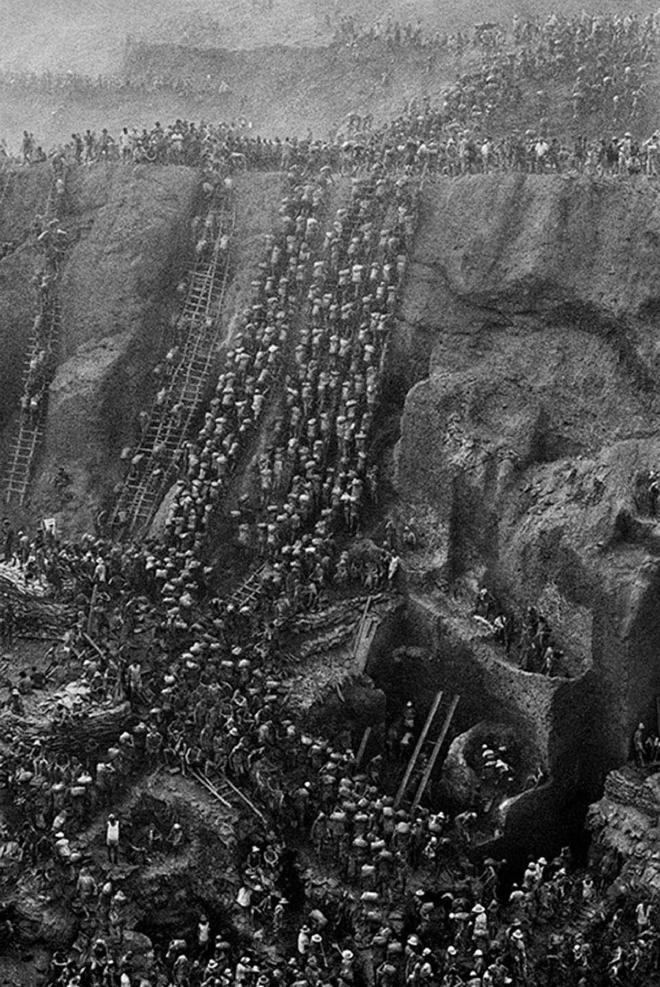
Sahel: L’homme en détresse (1986) #
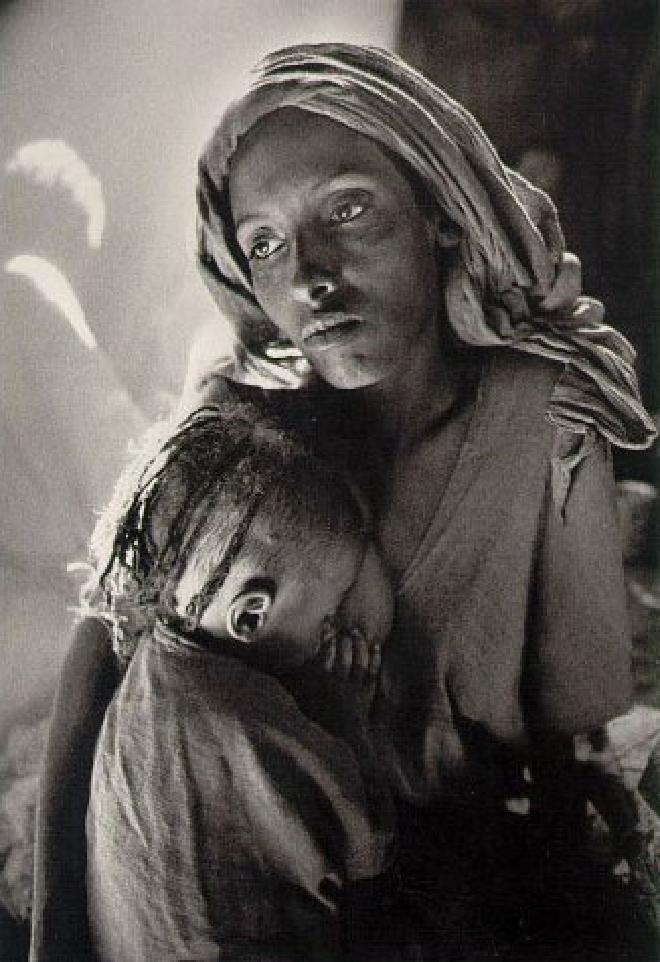
Also known as Sahel: The End of the Road, this Salgado work focuses on drought and famine in Africa. It is a stark chronicle of the humanitarian disaster in the Sahel region that Salgado completed in collaboration with Médecins Sans Frontières. This work helped demonstrated Salgado’s mission to bear witness through photography. Most importantly, this Salgado work serves as a necessary record of human suffering and highlights the need for global responsibility.
Migrations: Humanity in Transition (2000) #
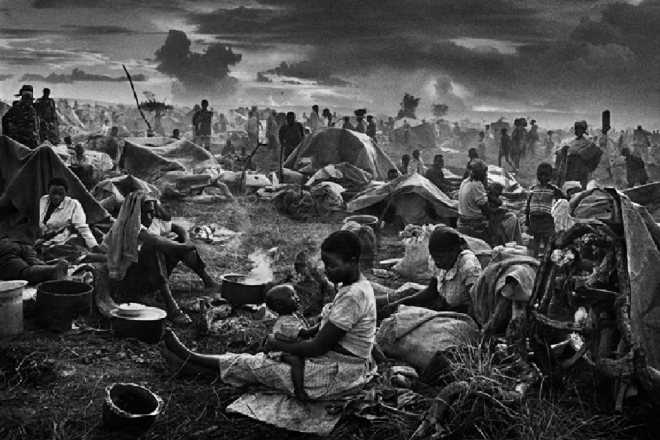
Salgado’s Migrations focused on forced displacement due to war, poverty, and globalization. Salgado spent over 6 years in 35 countries documenting refugees, migrant workers, and displaced populations. In Migrations, Salgado captures the hardship of mass human movement empathetically.
Of his time in Rwanda, Salgado said:
During the genocide in Rwanda, I was doing a book about exodus — migration. What I saw there was so violent that I became sick. I felt depression, my health was not well. I went to see a doctor-friend, who told me ‘you’re dying, you must top what you’re doing.’ So I stopped, I went to Brazil, and I made a decision to abandon photography and to become a peasant and work the land.
Salgado, the Environmentalist, and Instituto Terra #
This creative crisis birthed Salgado’s Instiuto Terra, an ecological center founded on a devastated former ranch in Minas Gerais. Salgado and his wife, Lélia Deluiz, began overseeing in 1998 the reforestation of the area, planting millions of trees as well as developing initiatives and technology to rebuild land that had been devastated by deforestation.
Salgado, in an interview with The Guardian:
For Genesis I went to see what was pristine on the planet. I had previously photographed just one animal, humans, and now I went to photograph all kinds of animals. Through this work I was transformed into an environmentalist.
Genesis (2013) #
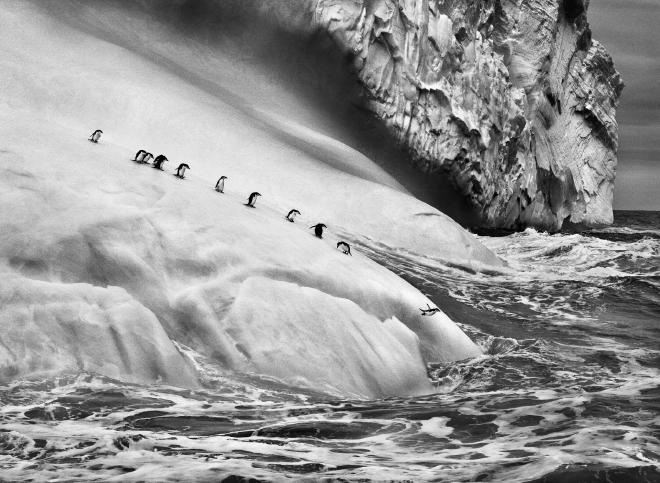
Genesis is an eight-year exploration of over 30 remote locations, including Antarctica, the Amazon, and the Sahara, where Salgado turns his focus to pristine nature, indigenous cultures, and unspoiled landscapes. It is a visual love letter to the Earth inspiring readers to conservation.


The Salt of the Earth Documentary #
Finally, don’t miss this documentary on Salgado:
Next month, we will be discussing Lee Miller. Join us, won’t you?